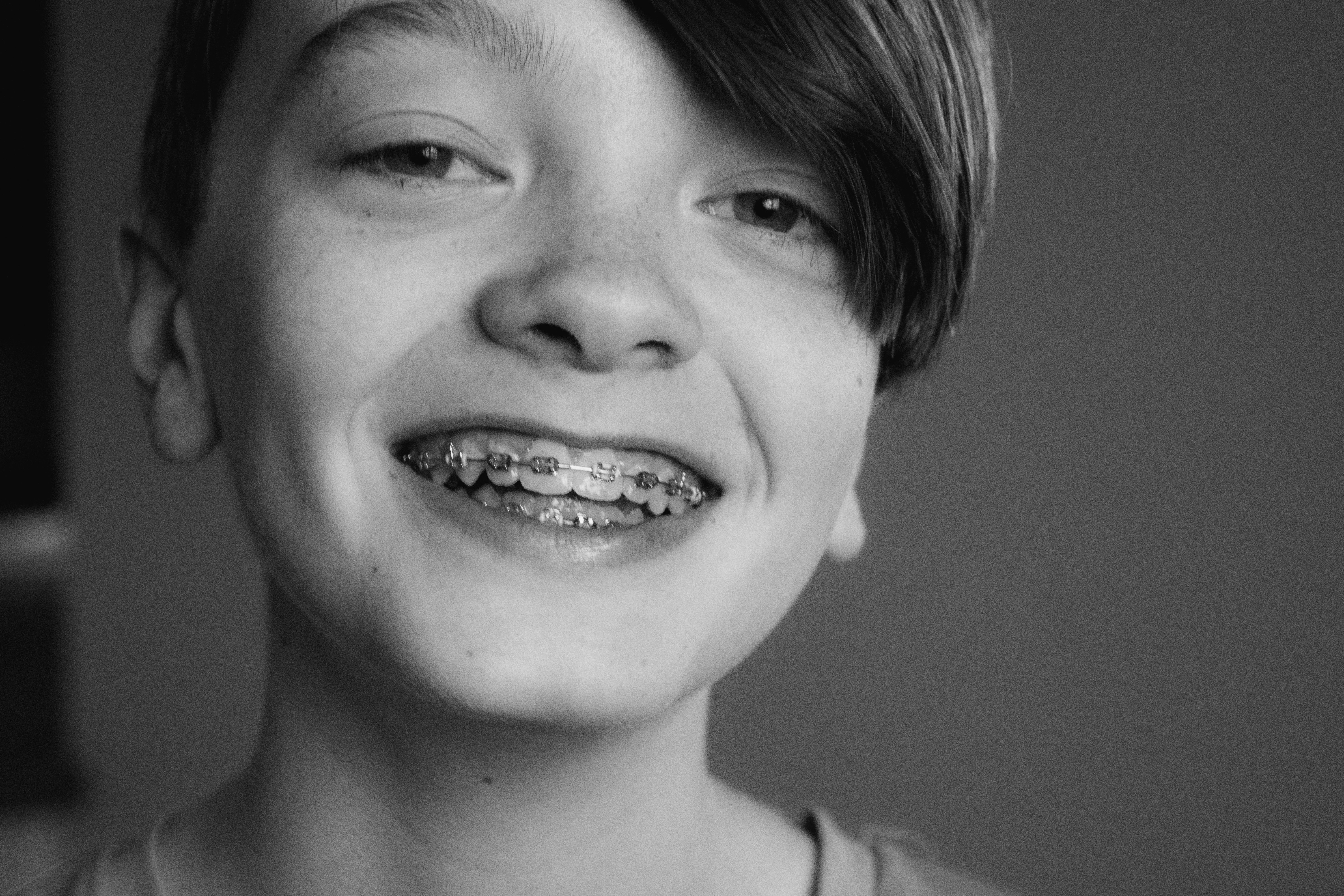Braces

Braces are orthodontic devices used to straighten and align teeth, correct bite issues, and improve overall dental health and aesthetics. They consist of brackets, wires, and bands that work together to exert gentle pressure on the teeth, gradually moving them into the desired position over time.
Here's how braces typically work:
- 1. Brackets:
Brackets are small, square-shaped attachments bonded to the front surface of each tooth using dental adhesive. These brackets serve as anchors for the wires that will guide the movement of the teeth.
- 2. Archwire:
An archwire is threaded through the brackets and secured in place. The archwire applies pressure to the brackets, which in turn applies pressure to the teeth, encouraging them to move into the correct position.
- 3. Elastics or Rubber Bands:
In some cases, elastics or rubber bands may be attached to the brackets to provide additional force to move the teeth and correct bite issues.
- 4. Adjustments:
Periodic adjustments are made by an orthodontist to tighten or replace the archwire, gradually shifting the teeth into alignment. These adjustments are typically scheduled every few weeks throughout the course of treatment.
Braces can be made from different materials, including metal, ceramic, and clear materials. Traditional metal braces are made of stainless steel and are the most common type of braces. Ceramic braces are tooth-colored or clear brackets that are less noticeable than metal braces. Lingual braces are attached to the back surfaces of the teeth, making them virtually invisible from the front.
Braces are suitable for both children and adults and can address various orthodontic issues, including crooked teeth, overcrowding, gaps between teeth, and bite misalignments such as overbite, underbite, and crossbite.
While braces are highly effective in achieving a straighter smile and improving dental health, they require diligent oral hygiene practices and regular dental check-ups to prevent issues such as tooth decay and gum disease. After the braces are removed, a retainer may be recommended to help maintain the new position of the teeth.
FAQ
What are braces?
Who is a good candidate for braces?
How do braces work?
How long does treatment with braces take?
Are braces painful?
How often do I need to visit the orthodontist during braces treatment?
Can I still eat my favorite foods with braces?
How should I care for my braces?
What happens after braces are removed?
Are there alternatives to traditional metal braces?
what is the cost of braces in India?
Services
Dental services
know more about your treatment , symptons , procedure , costs and FAQ's.